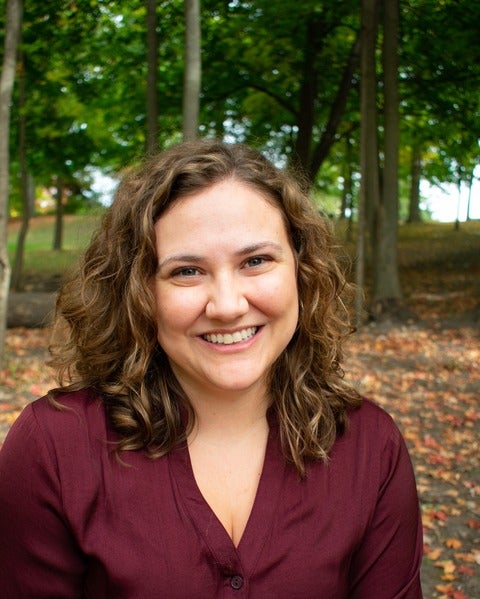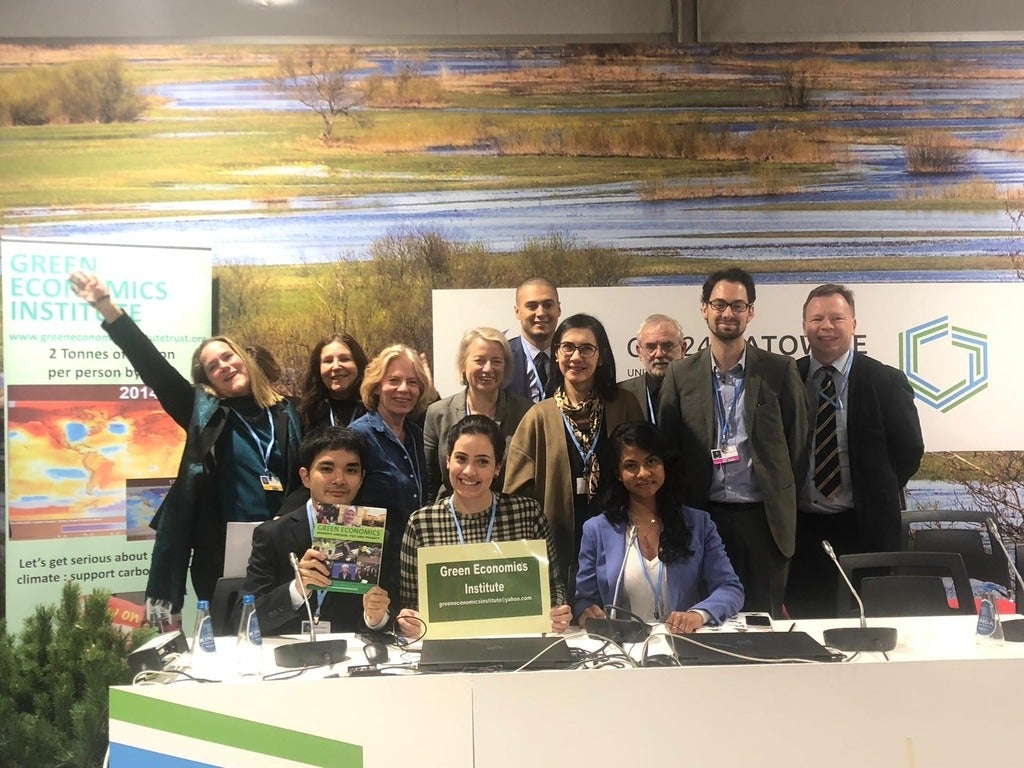Future graduate students
Best SEED PhD Qualifying exam
SEED wishes to congratulate L. Feor and D. V. Jones on receiving the Best SEED PhD Qualifying exam. The Qualifying Exam Committee recognized both of these papers for their unique and ambitious answers, depth and breadth of knowledge, critical thinking and writing quality.
If anyone is interested in reading the papers, please contact the authors.
MEDI Application Deadline Extended
Updated March 28, 2023 - Application deadline extended to June 1st for MEDI program. Please contact meb-mdp-medi.graduateinquiries@uwaterloo.ca prior to applying to discuss your interest in this program.
New research could divert a billion pounds of clothes and other fabric items from landfills
Canadians trash about a billion pounds—nearly 500 million kilograms—of fashion and home items made of fabric each year, but a new grading system could help divert most of it from landfills.
In the first study of its kind to determine the quantity and quality of textile waste in Canada, researchers from the University of Waterloo and Seneca College developed the new method to evaluate an item’s quality from A to F and whether it can be resold, recycled or tossed. In testing this method, they found that more than half of textile waste in Canada could be reused and almost a quarter could be recycled.
“Fashion consumption is at an unparalleled high,” said Olaf Weber, University Research Chair and professor in the School of Environment, Enterprise and Development at Waterloo. “Consumers buy, use and dispose of new garments, which end up in the landfill, and less than one per cent of the materials are recycled. This new method is an important step to curbing our waste.”
Canada doesn’t have a standardized process for sorting textiles. The researchers used a broader definition of textile waste by recognizing accessories, shoes and soft toys, in addition to clothing and home textiles. They also used a team of Waterloo and Seneca students and professionals from the fashion industry to sort the materials to ensure consistency in grading and proper evaluation of the item’s condition. A pair of ripped and stained jeans might receive a D grade and be flagged for repair before being donated and resold.
Overall, this new comprehensive assessment delivers more data and insights into waste management and prevention. The study determined that items graded A to D made up more than half of our current waste stream, so could be resold or reused. This finding emphasizes that there are many opportunities to divert textile waste in Canada, yielding massive benefits.
“Reducing our waste is a crucial step to addressing climate change,” said Weber, co-author of the paper. “Avoiding the textile waste assessed in our study could conserve resources and divert a significant amount of greenhouse gas emissions — in just one year the equivalent of driving 310,000 cars, plus supplying energy to 218,000 Canadian homes and filling 35,000 Olympic pools of water.”
Textile recycling in Canada is still in its infancy and so more investigation into its feasibility in some communities is necessary.
“The tremendous benefits for the economy and environment make pursuing the method worth the effort,” said Weber.
The study, Textile waste in Ontario, Canada: Opportunities for reuse and recycling, appears in the Journal of Resources, Conservation and Recycling.
Two PhD students honoured with Outstanding Paper awards
The PhD Examination Committee met on November 24 to deliberate the outcomes of the fall SEED PhD Qualifying Exam. Of the seven students writing the exam this fall, two PhD students, who started the program in 2020, have been recognised for Outstanding Papers.
A student's experience building sustainability within the egg industry
For her co-op placement, Sanghamitra Kamath, a 3A undergraduate Environment and Business student, worked at L.H. Gray & Son's marketing department
SEED faculty & graduates host international expert events and Climate Law and Governance 2018 Symposium
During the 24th Conference of the Parties (COP) of the United Nations Framework Convention on Climate Change (UNFCCC) on 7 December 2018 in Katowice, Poland, Prof Barbara Mikolajczyk of the University of Silesia and University of Waterloo SEED Professor Marie-Claire Cordonier Segger, chaired the international law symposium Advancing Law & Governance Contributions to Climate Action under the Paris Agreement.
Urban Development: Cities & Slums in the Global South
Guest Lecture: Food Security as an Outcome of Urban Vulnerability: The Case of Southern Africa
Prof. Bruce Frayne, our guest lecturer, is Director and Associate Professor in the School of Environment, Enterprise and Development. He is a geographer and urban planner, teaching in the International Development program at the University of Waterloo. His expertise is within the realm of sustainable cities and related areas of human migration, urbanization and food security. Prof. Frayne’s regional focus is Sub-Saharan Africa and China.
Changes in the Chilika Lagoon
Following are my reflections on the final lecture of Prof. Prateep Nayak for INDEV 101. He revisited the case of Chilika Lagoon, which was his point of departure in his first lecture for the Winter Term last January 2018. Prof. Nayak wrapped up the term by asking the class to discuss our chosen development issue and how we propose to address it, given the new insights and knowledge we have gained through the course.
Governance & Development: The Issues with Watersheds & Deltas in India & Canada
We were privileged to have two guest speakers in the INDEV 101 class on Governance and Development. The two speakers, Pranab Choudhury and Evan Andrews, both talked about their experiences with water and watersheds in their respective areas of research. The many issues linked to the topic of governance and development that were spoken about by both speakers are also relevant to other topics on international development that were tackled throughout the term.
- Previous page
- Currently on page 2 2
- Next page




